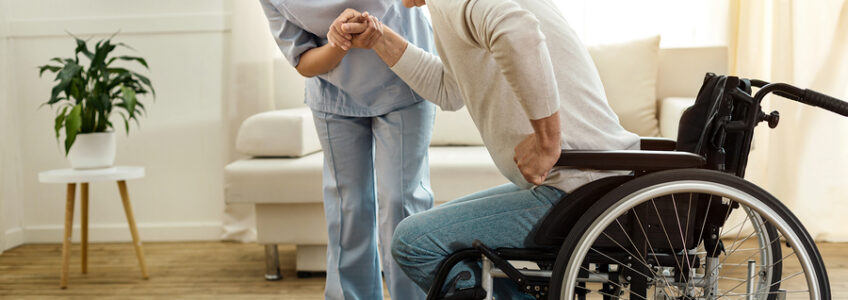
As we get older, staying mobile becomes more and more important for retaining our independence and general wellbeing. On the other hand, a number of chronic illnesses, traumas, or just aging itself can cause mobility issues for a large number of seniors. In these situations, home health aides are invaluable in assisting seniors in overcoming challenges and regaining or maintaining their capacity to move around their homes and communities in a safe and comfortable manner. Let’s examine the ways in which home health assists seniors experiencing mobility problems.
Individualized Evaluation and Planning for Care
Home health provides a thorough assessment as the first step towards enhanced mobility. They assess things including range of motion, strength, balance, and any current mobility issues. Personalized care plans are created based on this assessment to meet the unique requirements and objectives of every elder. Home health practitioners customize their interventions based on the goals of their patients, which may include improving everyday functioning, managing a chronic condition, or regaining mobility following surgery or accident.
Help with Daily Living Activities
Seniors with mobility impairments may find it difficult to do their daily duties. Home health caregivers offer assistance with daily living activities (ADLs) like dressing, grooming, bathing, and using the restroom. They assist seniors in completing these duties more easily and safely by offering practical support and instruction, fostering independence and dignity.
Adaptive Equipment and Mobility Assistance
Home health also evaluates each senior’s unique needs and suggests the best equipment, which ranges from wheelchairs and stairlifts to walkers and canes. In addition, they also provide training for each piece of equipment in order to ensure that seniors feel secure and at ease using these aids.
Techniques for Preventing Falls
Seniors with mobility limitations should be particularly concerned about falls since they can result in catastrophic injuries and a loss of confidence. Home health uses fall prevention techniques to lower these risks and make living spaces safer. This could entail clearing out potential risks and talking with loved ones about installing grab bars and handrails, upgrading the lighting, and more. Seniors might feel more confident and secure in their homes when home health providers proactively address possible fall hazards.
Exercises for Mobility and Rehabilitation
Exercise is essential for preserving and enhancing mobility, even when seniors have restrictions. Based on each elder’s particular needs and goals, home health creates customized exercise regimens. These regimens could incorporate gait training, strength training, balancing, and moderate stretches. Seniors can improve their strength, flexibility, and general mobility via regular physical activity, which will increase their independence and quality of life.
Emotional Assistance and Motivation
Seniors who struggle with mobility challenges may experience negative emotional effects such as irritation, worry, or sadness. Home health aides are dependable partners in the quest for increased mobility because they provide kind assistance and motivation. They also lend a sympathetic ear, offer doable strategies for overcoming obstacles, and acknowledge little accomplishments along the way.
Home health is essential in helping seniors who have trouble moving around because they provide individualized care, help with everyday tasks, advice on mobility aids, fall prevention techniques, and more. This helps seniors preserve their independence, improve their mobility, and carry on enjoying life.
Sources: Source 1 | Source 2 | Source 3

